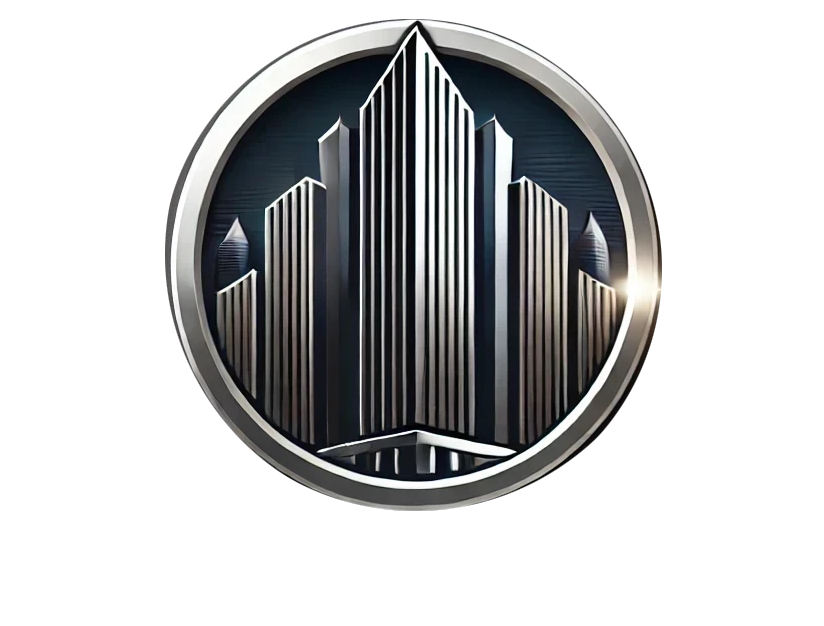Cost Segregation
Cost segregation is a tax strategy used by real estate investors to accelerate depreciation deductions and reduce taxable income in the short term. Typically, buildings and improvements are depreciated over a 27.5-year period (for residential properties) or 39 years (for commercial properties). However, with cost segregation, an investor can identify and reclassify certain components of the property, such as electrical systems, plumbing, fixtures, and flooring, which have shorter depreciation periods (typically 5, 7, or 15 years).
By accelerating the depreciation of these components, an investor can take larger deductions early on, leading to significant tax savings in the initial years of ownership. This strategy can improve cash flow by deferring taxes and allowing the investor to reinvest those savings into other opportunities.
Key benefits for investors include:
- Increased cash flow through accelerated tax deductions.
- Maximizing present-value tax savings.
- A reduction in taxable income in the early years of property ownership.
Cost segregation is especially valuable for investors with large real estate holdings or newly acquired properties, and it’s typically carried out with the help of a tax professional or engineering firm to ensure proper classification and compliance with IRS guidelines.


